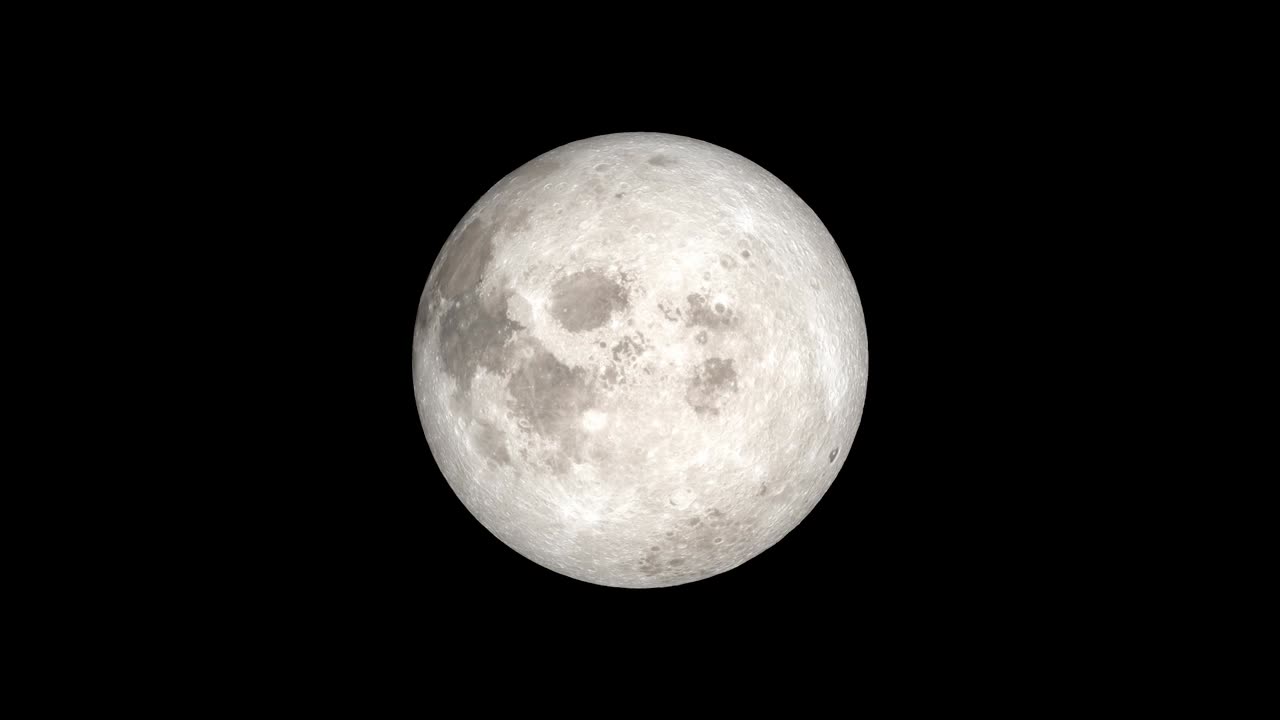Premium Only Content

How NASA Unlocks the Moon_s Mysteries
NASA's quest to unlock the Moon's mysteries is a multifaceted endeavor involving cutting-edge technology and scientific exploration. Through a combination of lunar missions, research, and partnerships, NASA seeks to gain a deeper understanding of Earth's celestial neighbor.
1. Lunar Missions: NASA's Artemis program aims to send astronauts back to the Moon by the mid-2020s. This ambitious endeavor involves a series of missions that will not only land astronauts on the lunar surface but also establish a sustainable human presence. These missions will enable the study of lunar geology, resources, and its potential for scientific research.
2. Lunar Gateway: NASA is planning to build the Lunar Gateway, a space station orbiting the Moon, which will serve as a staging point for crewed missions to the lunar surface. This platform will support long-duration lunar missions, furthering our understanding of the Moon's environment and aiding in the preparation for future missions to Mars.
3. Scientific Instruments: NASA equips its missions with advanced scientific instruments, such as rovers, landers, and orbiters, to study the Moon's geology, atmosphere, and its history. These instruments collect data that helps unravel the mysteries of the Moon's formation and evolution.
4. International Collaboration: NASA collaborates with international space agencies and partners to pool resources and expertise. The Lunar Gateway, for instance, is an international effort that fosters global cooperation in lunar exploration.
5. Sustainability: NASA's goal isn't just to visit the Moon but to create a sustainable presence, utilizing the Moon's resources and conducting experiments that can further our knowledge of space and benefit life on Earth.
In summary, NASA's approach to unlocking the Moon's mysteries involves a combination of human exploration, advanced technology, international collaboration, and a focus on sustainability. Through these efforts, NASA aims to answer fundamental questions about the Moon's history, its potential as a stepping stone for future space exploration, and its role in understanding the broader universe.
-
 LIVE
LIVE
Glenn Greenwald
3 hours agoWorld Finally Horrified by Israel's Atrocities in Gaza; Mass Starvation Expert Warns of Spiraling Crisis in Gaza; AOC Votes to Fund Israel's Iron Dome | SYSTEM UPDATE #489
6,823 watching -
 1:46:27
1:46:27
Tim Pool
6 hours agoSin Frontera: The End of Illegal Immigration (DOCUMENTARY PREMIERE - 6pm EST)
124K41 -
 LIVE
LIVE
Barry Cunningham
50 minutes agoNEWS ON THE PLOT AGAINST THE PRESIDENT AND IT'S A MOVIE NIGHT!
2,748 watching -
 LIVE
LIVE
SpartakusLIVE
1 hour agoMonday MOTIVATION || Games w/ the BOYS into the NIGHT
174 watching -
 59:57
59:57
Donald Trump Jr.
2 hours agoObama Behind the Russia Hoax, Full Coverage Live Lee Smith | Triggered Ep260
32.3K73 -
 LIVE
LIVE
ZWOGs
5 hours ago🔴LIVE IN 1440p! - PUBG, Star Wars Battlefront 2, Splitgate 2, VR Games, and More! - Come Hang Out!
56 watching -
 LIVE
LIVE
Blabs Games
3 hours agoGori Cuddly Carnage Part 1 | Noob Plays
114 watching -
 1:02:23
1:02:23
BonginoReport
2 hours agoHunter Denies West Wing Cocaine Was His!- Nightly Scroll w/ Hayley Caronia (Ep.94) - 07/21/2025
43.2K33 -
 LIVE
LIVE
The Jimmy Dore Show
2 hours agoTulsi’s New REVERSE Russiagate Investigation! Trump Breaks EVEN MORE Promises to MAGA! w/Dave DeCamp
6,010 watching -
 LIVE
LIVE
GloryJean
1 hour agoGames w/ the BOYS Tonight 🔥 LOCK IN BABY
27 watching